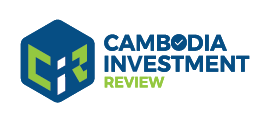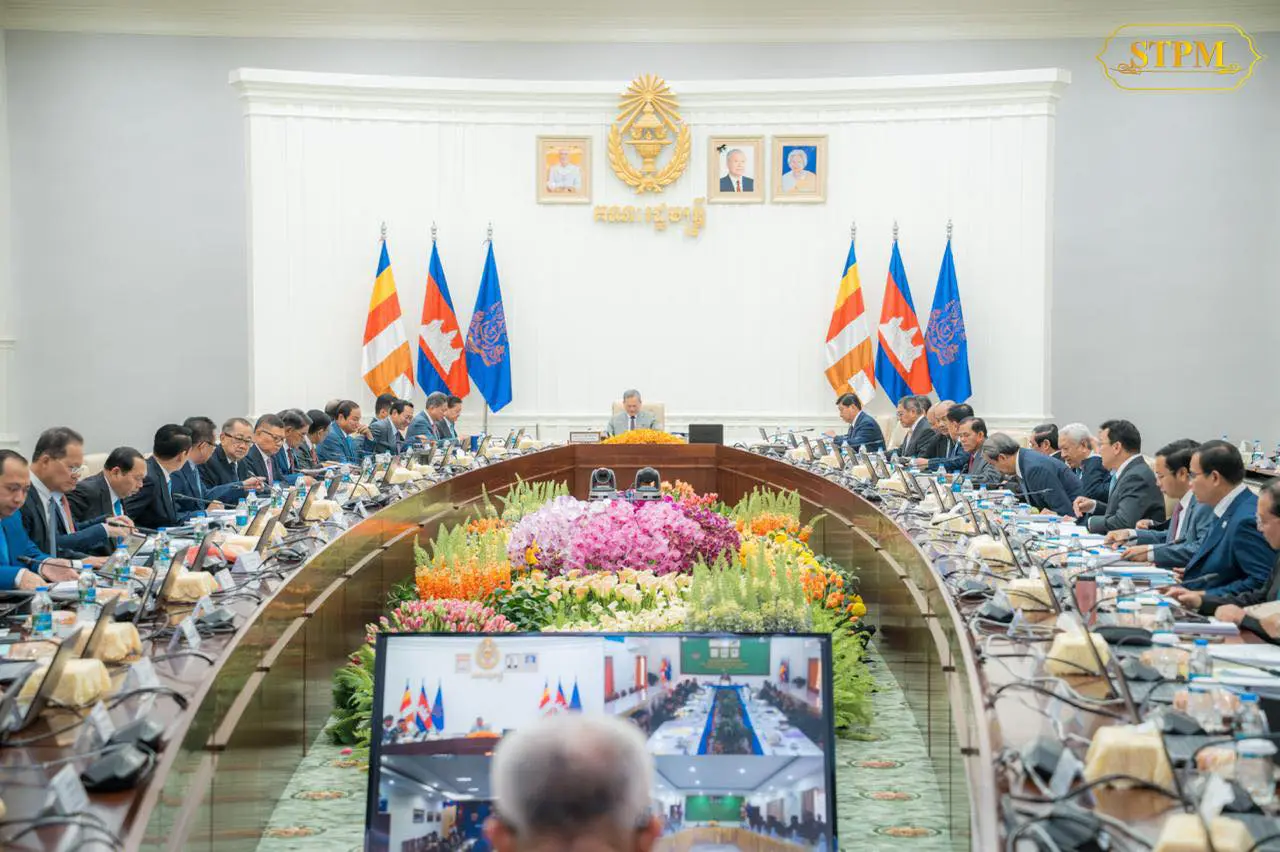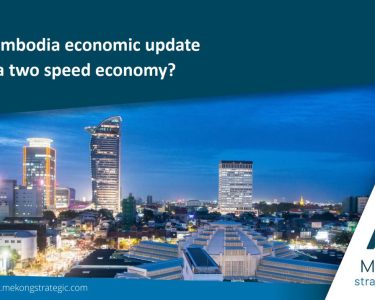Cambodia Investment Review
Cambodia has approved a draft 2026 national budget worth US$10.2 billion, up 7% from the US$9.3 billion allocated in 2025, marking one of the country’s largest year-on-year increases in spending over the past decade. The proposal, endorsed during a cabinet meeting led by Prime Minister Hun Manet, is designed to strengthen national sovereignty and institutional capacity while supporting social and economic reforms. The budget comes at a time when the government is managing lower revenue growth, rising expenditure demands and the gradual rebuilding of national savings depleted during the COVID-19 period.
The 2026 spending package represents 18.9% of GDP, aligning with Cambodia’s Medium-Term Public Finance Framework for 2026–2028, which aims to balance economic expansion with debt sustainability and sector reforms.
Focus on sovereignty, security and reform momentum
A key feature of the draft budget is a stronger emphasis on territorial protection, national security and institutional resilience. Policymakers describe stable sovereignty as an essential foundation for investor confidence, tourism and long-term growth. Beyond security, the plan prioritizes continued reforms in public administration efficiency, governance and productivity-oriented sectors.
Read More: EU Backs €3.5M Drive to Close Cambodia’s Budget Transparency Gap
Human capital development also remains high on the agenda, with expected allocations toward social protection, sectoral improvement and education. The government projects economic growth of 5.2% in 2025 and around 5.0% in 2026, driven by gains across industry, services and agriculture, with fisheries and animal husbandry expected to perform strongly inside the agricultural category.
Managing rising expenditure and tightening revenue
The increase in spending raises questions about how the government will finance expanding obligations across defense, pensions, social protection programs, investment incentives and debt servicing. Economists recommend closer auditing of upcoming ministerial budgets to ensure that only essential and high-return initiatives move forward.
Analysts stress that ministries contributing directly to national revenue and production will need to improve efficiency and output. Without these measures, a revenue shortfall could emerge, increasing dependency on external borrowing.
Borrowing outlook grows, with focus on infrastructure
To support public investment projects, Cambodia plans to borrow US$3.1 billion in 2026, a 12.5% increase from the previous year’s ceiling of US$2.6 billion. Borrowing is expected to target large-scale infrastructure and productivity-enhancing development projects, viewed as critical for long-term competitiveness.
As of mid-2025, Cambodia’s total public debt stood at US$12.67 billion, of which 99% was external and 1% domestic. According to multilateral institutions, the country’s public debt remains “manageable” and “low risk”, although economists note that borrowing has grown at a faster pace in recent years and stress the importance of transparency, oversight and anti-corruption safeguards to prevent future debt stress.
Loan allocation trends continue to be dominated by infrastructure: in the second quarter of 2025, 87% of new loans funded infrastructure projects, while 13% supported non-infrastructure development.
Next steps and expectations
The draft budget now moves to the National Assembly for discussion, followed by Senate review and a final signature from King Norodom Sihamoni. If approved, the 2026 budget will take effect on January 1.
The success of the budget will depend on multiple factors: the government’s ability to manage spending efficiency, sustain revenue growth, borrow responsibly and implement reforms at the institutional level. Economists note that maintaining confidence among investors, development partners and the private sector will be key to balancing increased spending with long-term fiscal sustainability.





